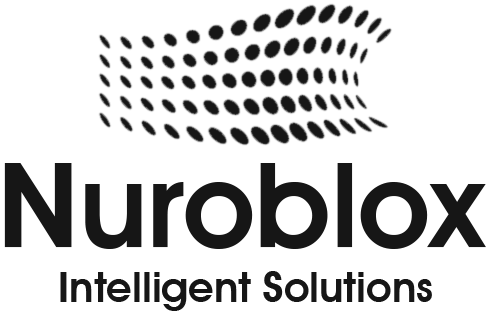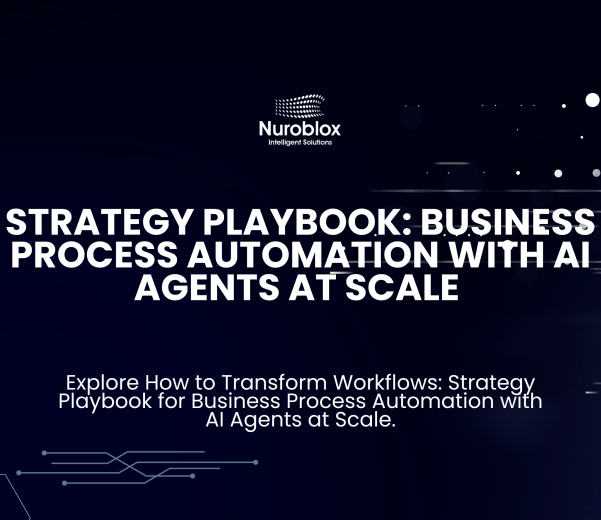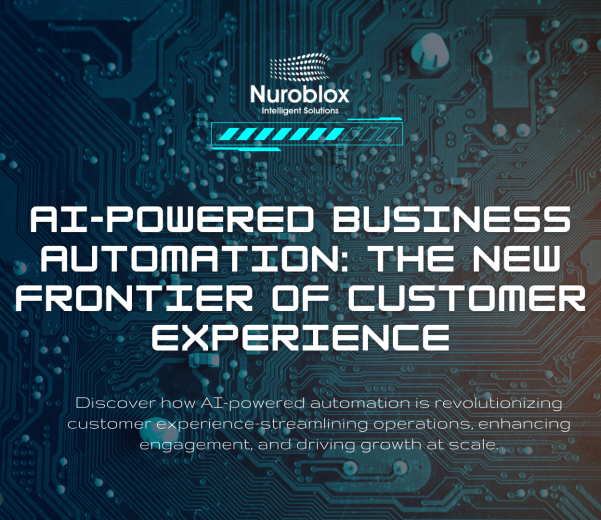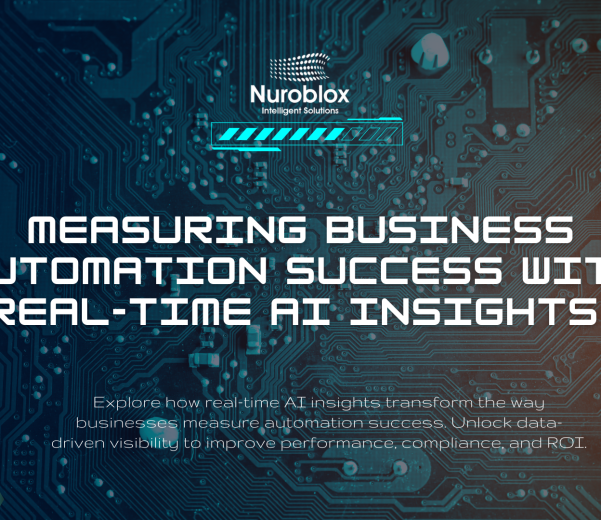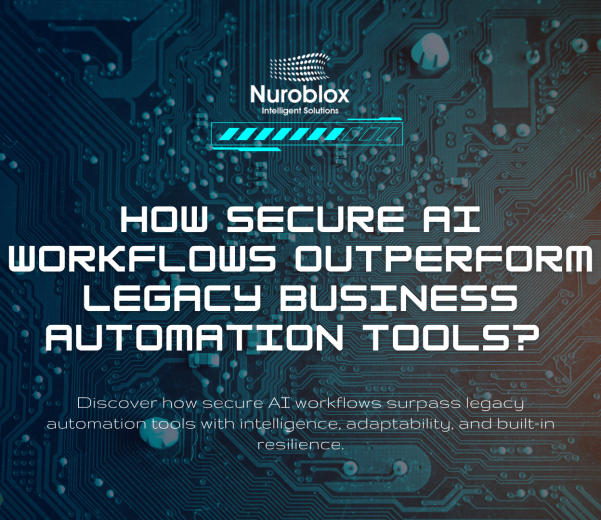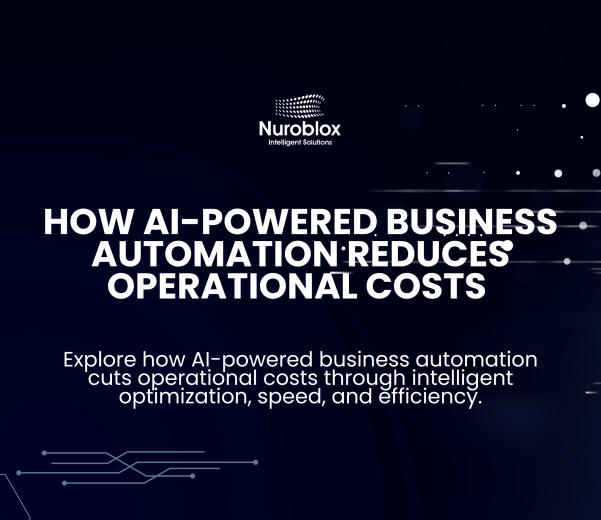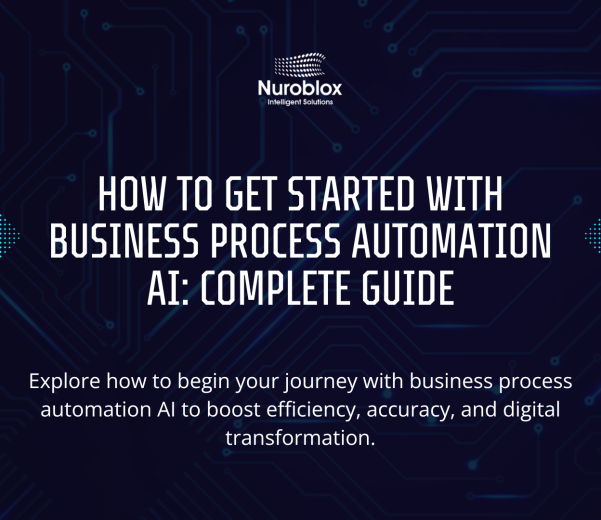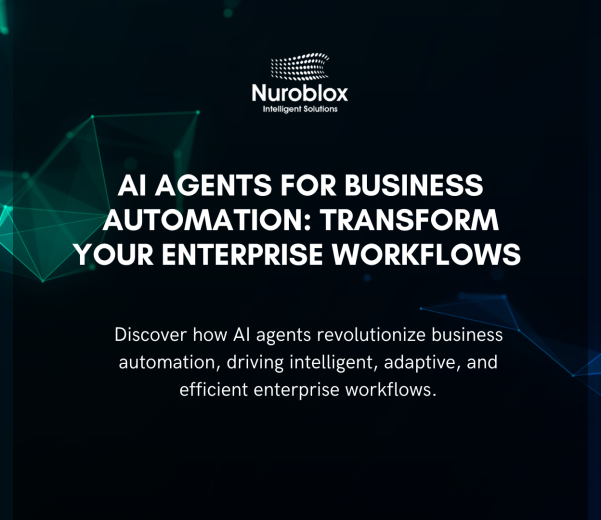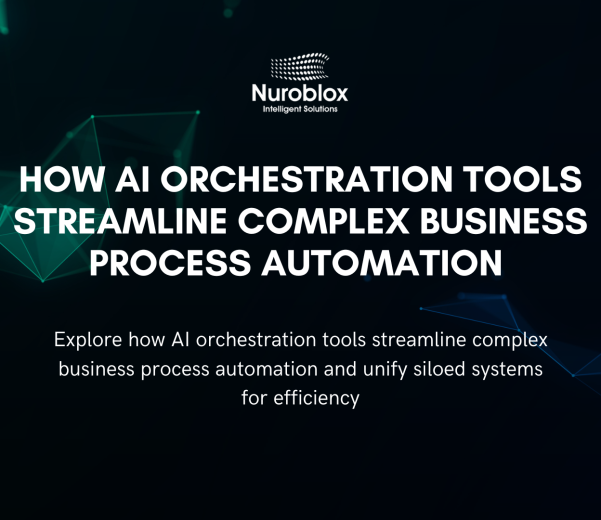Business process automation
- Home
- Business process automation

// ABOUT BUSINESS PROCESS AUTOMATION
Business Process Automation
The future of work is autonomous. Business automation leverages AI-powered agents and machine learning to optimize and execute workflows across departments from finance and HR to customer service and supply chain. These systems reduce manual effort, increase accuracy, and free up teams to focus on high-impact strategic initiatives.










What Is Business Process Automation?
Business process automation (BPA) also known as business automation or intelligent automation (IA) is the use of technology to transform repetitive, manual tasks into streamlined digital workflows. From data entry to appointment scheduling, digital workers (also called enterprise agents) replicate human actions across software systems to complete tasks efficiently and accurately.
Modern business automation platforms combine various technologies to drive productivity and scale operations-
- Business Process Management– Coordinates and optimizes workflows, improving efficiency while reducing costs and waste.
- Artificial Intelligence- Brings cognitive capabilities to automation interpreting data, making decisions, and learning over time.
- Intelligent Document Processing– Converts unstructured content like emails and PDFs into structured, machine-readable data.
- Process Mining & Task Mining- Analyzes workflows to uncover inefficiencies, bottlenecks, and automation opportunities.
Benefits of Business Process Automation
Accuracy
Automated systems follow consistent rules and logic, minimizing human error and ensuring reliable, high-quality outcomes.
Efficiency
Repetitive tasks are completed faster and in a defined sequence, accelerating workflows and reducing operational delays.
Cost Savings
Automation reduces the need for manual labor, lowers error-related rework, and helps cut operational expenses over time.
Optimized Resource Allocation
Freeing up employee time from routine tasks allows businesses to focus their talent and tools on higher-impact priorities.
Employee Satisfaction
By eliminating tedious manual work, automation boosts engagement, enhances job satisfaction, and fosters innovation.
Risk and Compliance Management
Automated processes generate clear audit trails, reduce compliance risks, and enable faster detection and resolution of issues.
Cost Savings
Automation reduces the need for manual labor, lowers error-related rework, and helps cut operational expenses over time.
Risk and Compliance Management
Automated processes generate clear audit trails, reduce compliance risks, and enable faster detection and resolution of issues.
Why Is Business Process Automation Important?
Manual, error-prone processes slow your business down. They frustrate employees, increase operational costs, and lead to poor customer experiences often pushing customers toward competitors who offer faster, smarter solutions. Business automation helps eliminate inefficiencies by streamlining repetitive tasks, improving accuracy, and accelerating outcomes. It empowers your workforce to focus on higher-value work while reducing delays, rework, and risk.
When choosing a digital process automation solution-
- User-Friendly- Offers intuitive, no-code or low-code tools like drag-and-drop design for rapid deployment.
- Integrative- Seamlessly connects with your existing systems and third-party apps to ensure quick adoption.
- Scalable- Grows with your business start small and expand automation across departments over time.
- Secure- Provides enterprise-grade security to protect your data, users, and business operations.

We’re here to assist you and address all your questions anytime!
Common Uses of Business Process Automation
Business Process Automation (BPA) is transforming how organizations operate by streamlining repetitive tasks and improving efficiency across departments. Below are some of the most practical and impactful use cases across different functions-
Customer Service
Human Resources
Procurement Workflow
Risk Management

24/7 Support Automation

Streamlined Employee Onboarding

Smart Purchase Order Processing

Real-Time Compliance Monitoring
Leverage automation to monitor risk indicators and regulatory compliance. Automated alerts and audit trails ensure issues are flagged early, reducing the risk of non-compliance and enabling faster decision-making.
How to Automate
Business Processes FAQs
Start by analyzing how your workflows operate today. Identify pain points, bottlenecks, and repetitive tasks. Tools like process mining and task mining can help uncover inefficiencies and highlight the best automation opportunities.
Focus on quick wins simple, repetitive tasks that offer immediate value. Prioritize based on impact, complexity, and scalability. This approach builds momentum and confidence early on.
Engage key stakeholders from IT, operations, HR, and leadership. Early involvement ensures alignment, helps secure buy-in, and builds a strong business case for change.
Map your process from end to end. Identify each step, flag inefficiencies, and refine the flow before building the automation. This blueprint becomes your foundation for successful deployment and future scaling.
Start small, measure impact, and iterate. Monitor KPIs such as time savings, error reduction, and employee satisfaction. Use data to optimize your automations and expand to other areas over time.
Create More Value With Less
Business automation enables organizations to achieve more with less time, less manual effort, and fewer resources. By digitizing and streamlining repetitive tasks, companies can eliminate inefficiencies, reduce costs, and accelerate operations across departments. From onboarding new employees to processing customer requests, automation ensures that work gets done faster, with greater accuracy and consistency.

